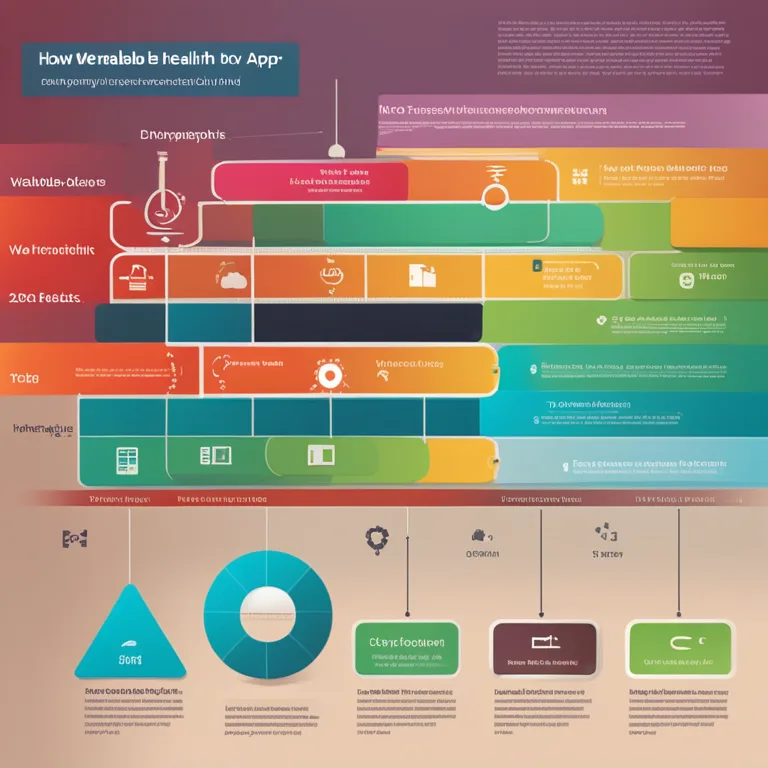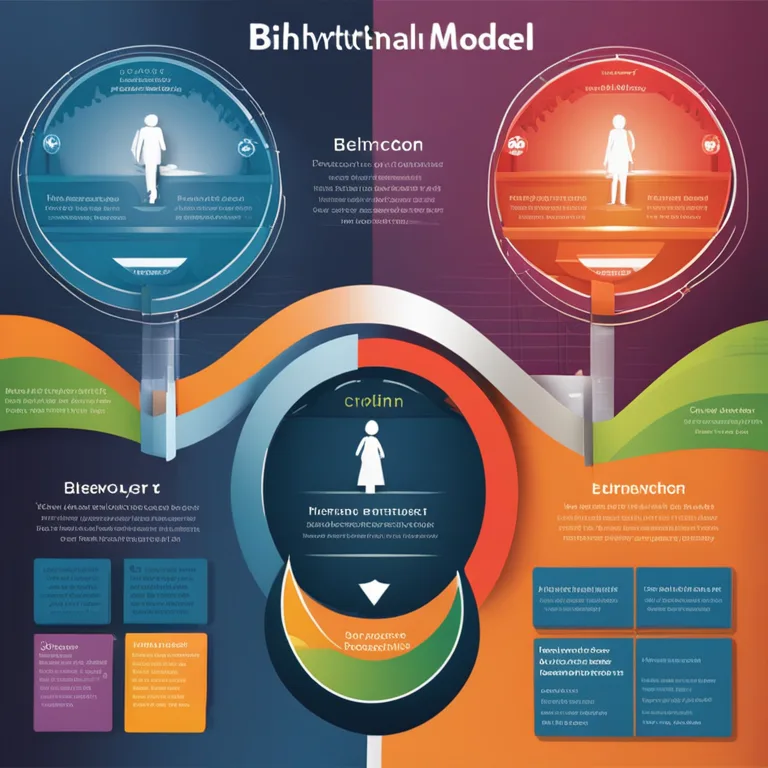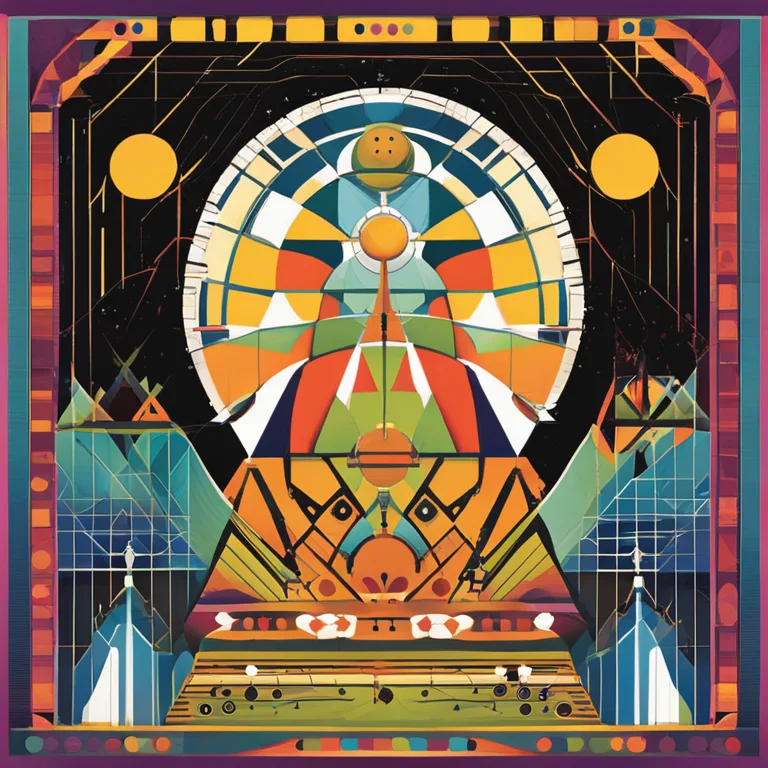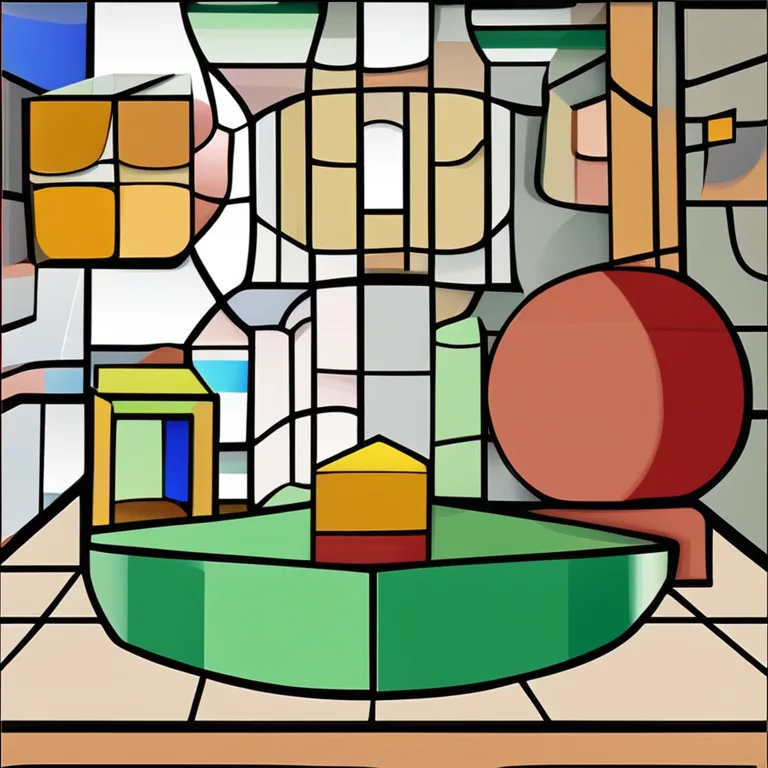
The Biorhythms Debate: Fact or Fallacy?
Are biorhythms a reliable science or pseudoscience? Delve into the theory's fundamentals, critical analyses, and modern applications in this comprehensive article.
article by Adrian Wallace
Introduction to Biorhythms
Biorhythms are a concept that suggests our daily lives are directly influenced by rhythmic biological cycles. According to believers, understanding these cycles can help us anticipate periods of high performance and potential vulnerabilities. Initially popularized in the early 20th century, the idea of biorhythms weaves together physiology, astrology, and numerology in an intricate tapestry aimed at decoding human potential. Despite its intriguing premise, the validity of biorhythms remains a contentious topic among scientists and enthusiasts alike as we stride further into 2024.

The Three-Cycle Model
The traditional biorhythm model is built around three primary cycles: the physical, emotional, and intellectual cycles, each said to ebb and flow through high, low, and critical phases over distinct periods. Proponents argue that by plotting these cycles on a chart, individuals can predict their aptitude for various activities, akin to forecasting the weather. While some find this a compelling tool for self-awareness and decision-making, skeptics are quick to point out the lack of empirical evidence that corroborates these elaborate calculations.

Scientific Scrutiny
Biorhythms have undergone various scientific evaluations over the years. As our understanding of biology and physiology grows, researchers look for tangible links between the proposed cycles and human performance metrics. To date, many studies fail to find consistent, replicable patterns that would validate the biorhythm theory; instead, they suggest that any correlations are likely coincidental. Critics maintain that human biology is too complex and individualized to be reduced to such predictable, cyclic patterns.

Technological Influence
With evolving technology, including sophisticated wearable devices and mobile apps, the tracking of personal health data continues to gain popularity. These advancements enable the minute-by-minute monitoring of variables like heart rate, sleep quality, and physical activity. Some platforms have even integrated biorhythm predictions as a feature. This revived interest offers a modern spin on the traditional biorhythm concept, though it's worth noting that tech-driven data still requires rigorous scientific validation to be considered conclusive.

Pseudoscience or Self-Tool?
For many, the appeal of biorhythms lies not in scientific validation but in the perceived benefits to personal well-being. Enthusiasts often approach biorhythms as a framework for introspection and personal rhythm recognition, opt to integrate them into their holistic self-care practices. Although the effects they experience might well be attributed to the placebo effect or heightened self-awareness, it doesn't detract from the individual value they may claim to derive from such practices.
Conclusion and Moving Forward
As the debate around the efficacy of biorhythms continues, it is vital to distinguish between evidence-based practices and those of an anecdotal or philosophical nature. While the allure of patterned life cycles captures the human imagination, those looking to incorporate biorhythms into their lifestyle should do so with an understanding of the current scientific standpoint. As we progress, interoperability between data-driven wellness practices and age-old theories like biorhythms may unfold unexpected revelations, serving as a bridge between the empirical and the existential.
Published: 1/4/2024
Modified: 1/4/2024
More predictions
Come back here soon to learn more about yourself and your future


Unlocking The Accuracy of Biorhythms
Delve into the realm of biorhythms to discover their reliability and impact on daily life in this insightful article.


The Practical Applications of Biorhythms
Delve into the practical applications of biorhythms and discover how they can influence your daily life and personal wellbeing.


The Practical Uses of Biorhythms in Daily Life
Discover the practical applications of biorhythms across various aspects of daily living, from personal health to decision-making.